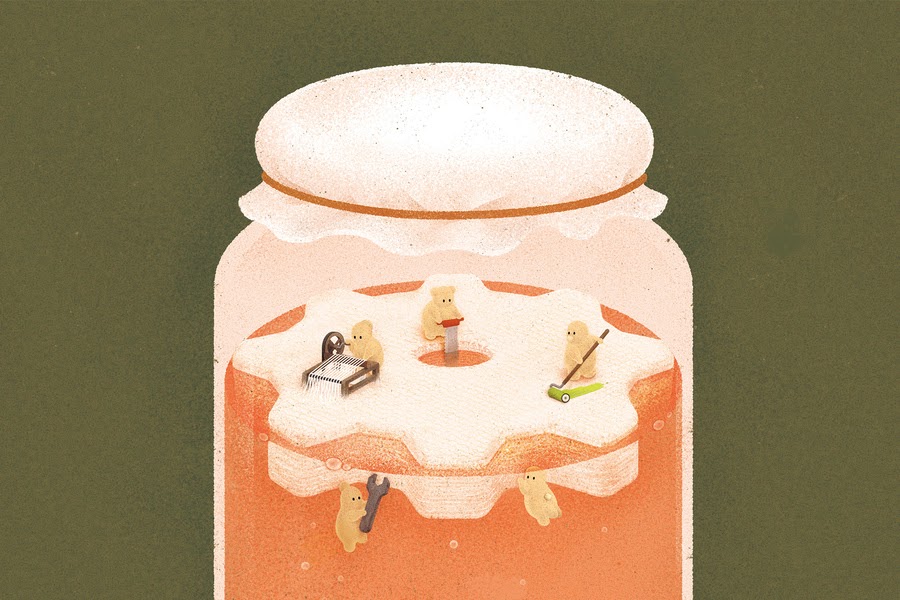Gene Defect Turns Rabbit Hops into Acrobatic Handstands
By Diana Abbasi, C2ST Intern, Rush University
Sauteur d’Alfort is French for Alfort’s jumpers but interestingly, the breed of rabbits that carry the name don’t jump at all. Most rabbits push off the ground with both their back legs in order to move quickly, however, these unique rabbits send their back legs sky high and walk on their front paws. Now, researchers have identified the specific gene mutation that leads to this atypical limb movement in these rabbits.
Continue reading “Gene Defect Turns Rabbit Hops into Acrobatic Handstands”


